The life of animals on farms can involve experiences of exploitation. For example: intensive breeding for the food industry. This creates a series of exploitative practices such as extreme overcrowding, confinement in small cages, and mutilations without anesthesia. Selective breeding practices lead to health problems, emotional stress, lack of fresh air or natural light. Some of the animals subjected to these conditions of exploitation on farms include: chickens, dogs, cows, pigs, horses, sheep, goats, rabbits, among others.
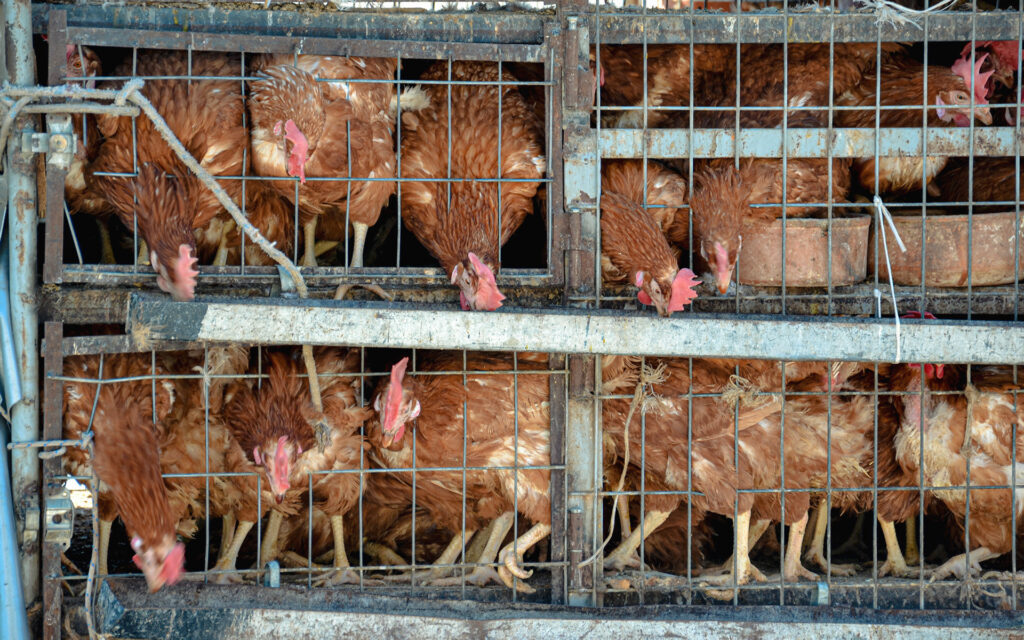
What organizations work to prevent animal exploitation?
Several organizations work to improve the living conditions of animals raised on farms. Some promote sustainable practices. They also engage in research on exploitation experiences to promote changes in laws.
1. World Animal Protection: An international organization that has been working on animal protection for 70 years. Its mission is to create a better world for animals.
2. Humane Society International: Works globally to improve animal welfare. It operates in countries such as Africa, Brazil, Mexico, Italy, Canada, India, among others. They implement best practices on farms and promote laws that ensure animal protection.
3. Compassion in World Farming: An international NGO that advocates for sustainable and ethical farming practices. They promote the welfare of farm animals worldwide.
When did the exploitation of wild animals take off?
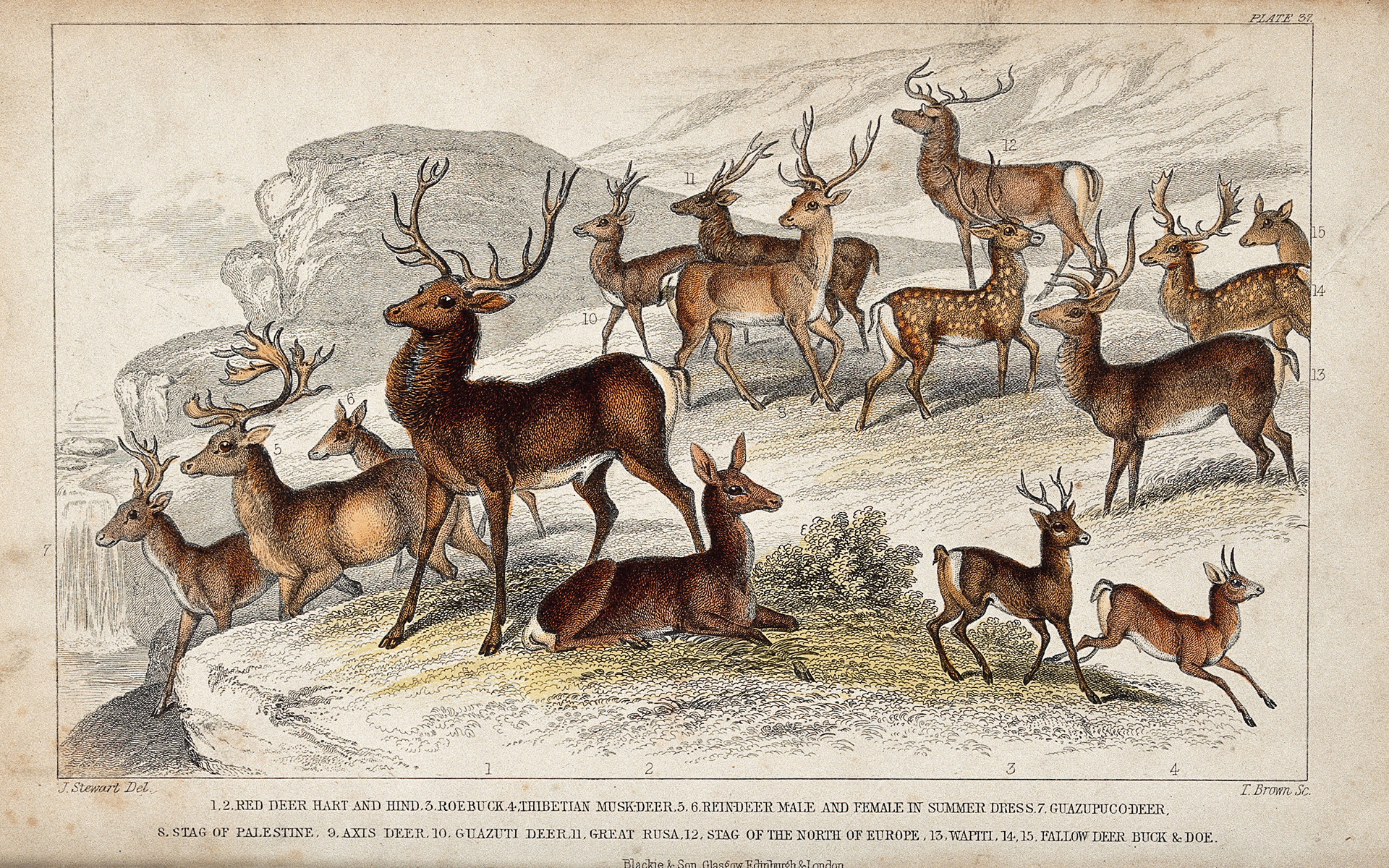
The breeding of wild animals took off in the late 20th century. According to World Animal Protection (2022), this happened due to the increase in demand for products derived from wild fauna. This organization asserts that since then, the industry has grown exponentially. Consumers and traders seek wild animals as pets, entertainment attractions, or for the use of their parts in decorations, ornaments, and fashion items. Additionally, they establish that wild animals are a source of ingredients for perfumes, such as deer musk.
Exploitation in the breeding of wild animals
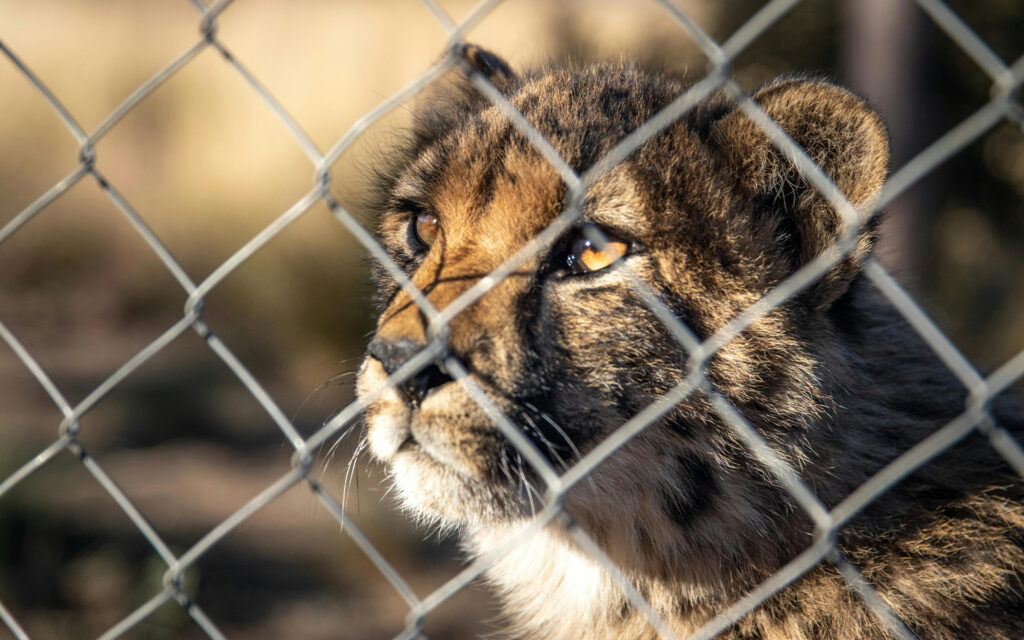
According to World Animal Protection (2022), there is a category called wild animal breeding, which refers to the reproduction and breeding of these animals for sale or to sell their products for commercial purposes. The animals raised on farms are taken from nature as eggs or offspring and raised in captivity. For example, pythons in West Africa and crocodiles.
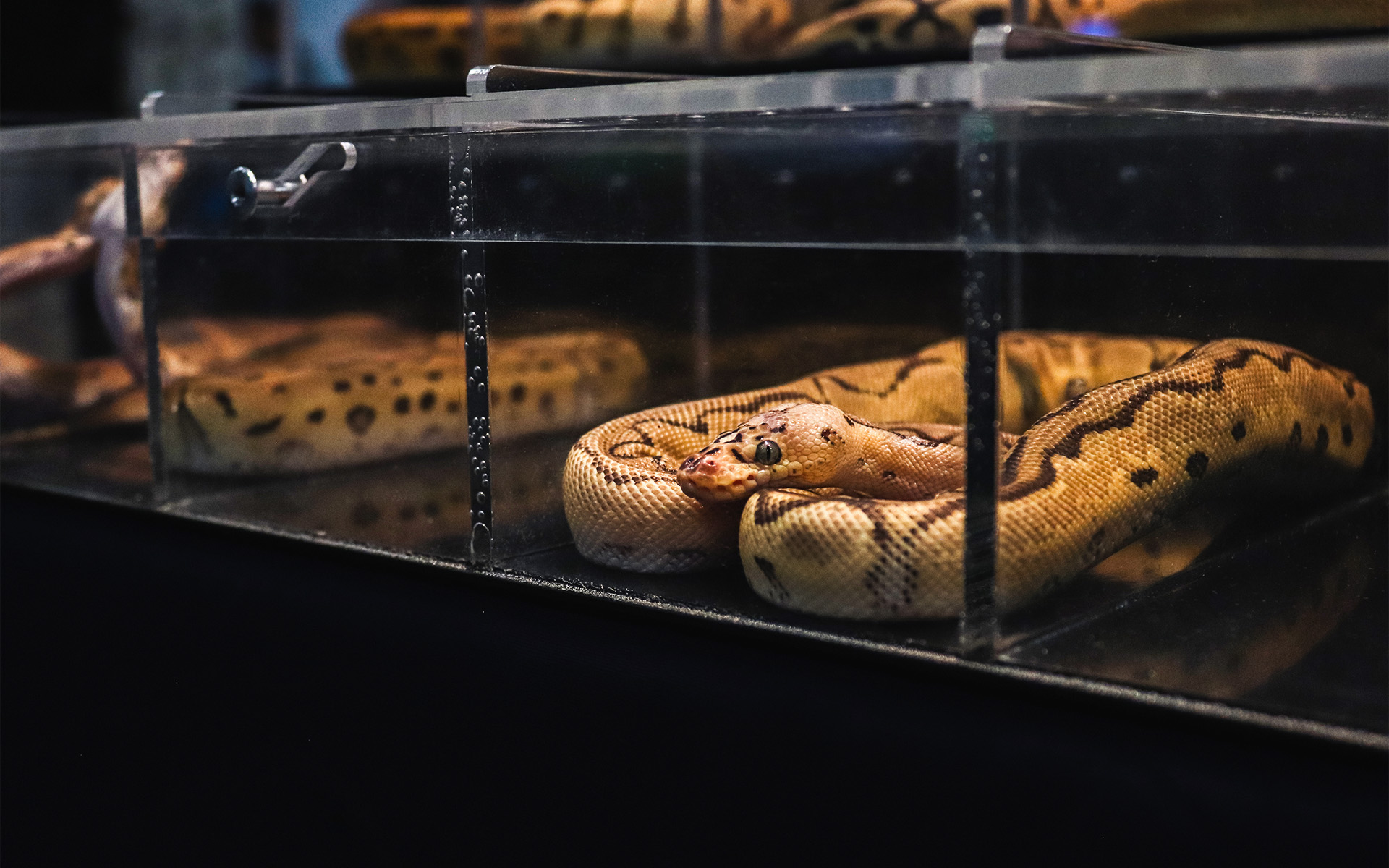
Meat Industry and Exploitation
More than 92 billion terrestrial animals are raised, bred, and slaughtered every year worldwide for food purposes. According to Humane Society International Europe, this is connected to the global demand for food. In fact, an important Italian documentary “Food for Profit” shares a five-year investigation into intensive breeding and animal exploitation. To raise global awareness, they analyze the powerful groups in the meat industry. It also shows the billions of euros that Europe spends on intensive livestock farming.
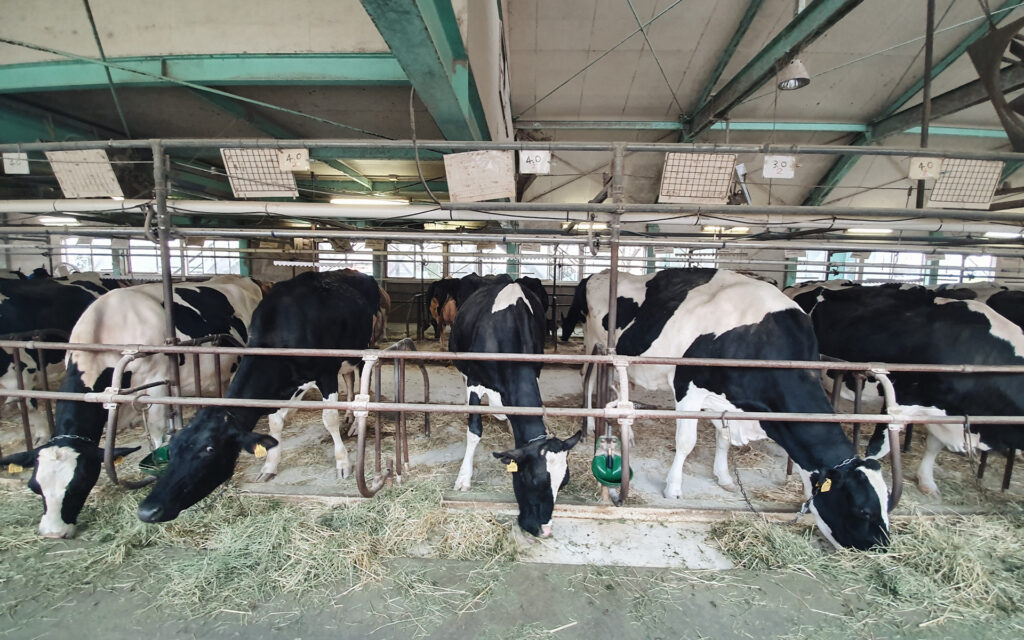
Experiences of change to prevent animal exploitation
Some countries in Latin America such as Brazil, Mexico, and Argentina have implemented local-level changes to improve animal welfare on farms, such as the prohibition of cages for laying hens or the regulation of antibiotic use. Additionally, the European Union has established directives to improve animal conditions. The European Union states that farm animals must live and be transported under conditions that do not involve abuse or suffering. Thus, since 2018, they have approved legislation to curb the use of antibiotics that compensate for poor livestock conditions.
On the other hand, organizations like Compassion in World Farming advise companies to transition to sustainable food systems. They have tools such as EggTrack, which promotes cage-free egg production, and ChickenTrack, which focuses on improving animal environment and nutrition. Additionally, they monitor the company’s progress in their sustainability commitments.
Over time, activists have played an important role in advocating for changes in national laws and raising awareness about animal welfare on intensive breeding farms. Through research and data generation, hundreds of activists have shared the impacts of animal exploitation on farms through audiovisual or written means, highlighting their connections to global food consumption.
You may also be interested in: The beauty industry and animal cruelty





